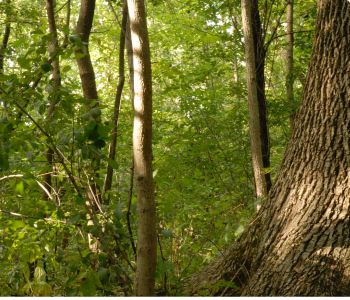
Emerald ash borer is an asian invasive insect pest that was introduced in North America. During the first phase of its life cycle, this coleopter parasitizes ash trees from the Genera Fraxinus.
In the summer, adults will lay eggs in bark cracks. Larvae hatch 10 days later and feed off the sapwood by digging galleries, easily visible. These galleries are eventually so extended that they gradually block sap circulation in the tree, depriving the tree from nutrient and water circulation. The tree is rapidly weakened and dying. Larvae then hibernate and morph into adults in the galleries. In the spring, they fly away and infect new trees.
.jpeg)
The first observation of this pest in Quebec was in 2012. Ever since, several measures were adopted by municipalities to prevent this devastating pest from spreading. For example, in Montreal and Gatineau, more than 40 000 trees were felled between 2012 and the end of 2020. Part of the problem is that in large cities, ash trees were very much appreciated for their fast growth and their canopy architecture, which is why they were massively planted close to one another in many urban areas. This situation deeply worsens the propagation of emerald ash borer since the insect population reached a threshold level where it now not only affects large cities, but also natural ecosystems. In Laval, ash trees were very abundant but now, there are forest stands completely decimated by emerald ash borer.
This silent epidemia is not without consequences:
-
Sanitary impacts include preventing ash stands from filtrating and cooling the air;
-
Treatments, logging and replanting costs have important economical impacts;
-
Many ecological impacts are also noticed. Carbon sequestration is stopped, carbon emissions increase due to the decomposition of entire forest stands, wildlife habitat is lost and openings created by dying ash trees are susceptible to invasive species establishment, like the European buckthorn.
What are the signs of emerald ash borer infestation and how can we slow the infestation?
Ash trees affected by emerald ash borer are expected to die within 2 to 5 years. Signs of the infestation are evident when the infestation level is high. The first symptoms appear when the galleries are large enough to alter sap circulation by breaking sap tubes in the sapwood. Water, nutrients and saps can no longer be distributed through the tree which is why the ash will be increasingly defoliated. Shoots may start to grow at the base of the trunk to compensate for the photosynthetic deficiency of the canopy.
As the infestation evolves, you may notice elongated sections of stripped bark on ash trees caused by the moving of the emerald ash borer through the sapwood. Insectivorous birds take advantage of this phase by feasting on easily accessible prey. Eventually, the bark is completely stripped and the ''S'' shaped galleries built by the insect are exposed.
.jpg)
.jpg)
But why care?
Health and well-being
Ash trees are an abundant species in Laval’s urban forests. These forest stands bring many health and well-being benefits such as:
-
Cooling islands (as opposed to heat islands);
-
Keystones for preserving biodiversity;
-
Landscape quality.
Property value
Property value is higher in wooded neighborhoods and if trees are located on your lot.
Insurance
If an ash tree is located on your property and it has not been treated or felled on time, induced damage may not be covered by certain insurance companies.
What to do?
-
Monitor the presence of ash trees on your property and in your neighborhood;
-
Have the infestation verified by a certified arborist;
-
Contact 311.
Possible options:
-
TreeAzine treatment (200$ every second year for 10 to 15 years!);
-
Felling (more than 1000$ for mature trees);
-
Planting other species on your property.
To learn more...
- Quebec council on invasive and exotic species (Conseil québécois des espèces exotiques envahissantes; resource in French)
- City of Laval
- Panelists from the emerald ash borer round table organised by CRE de Laval on April 23rd, 2015 (List in French):
- Agrile du frêne : État de la situation à Laval (Daniel Boyer, Ville de Laval
- L’agrile du frêne – biologie et recherche à Ressources naturelles Canada (Pierre Desrochers, Service Canadien des forêts)
- Agrile du frêne : Effets sur la santé et les services – Comment prévenir la prochaine crise ? (Alain Paquette, Centre d’études sur la forêt et Association pour la protection du Boisé Papineau).
Newspaper articles (in French)
October 16, 2019 - Article by ICI Radio-Canada: Agrile : 40 000 frênes supplémentaires seront abattus à Montréal
July 26, 2018 - Article by Le Droit: Agrile du frêne: 36 000 arbres abattus à Gatineau



